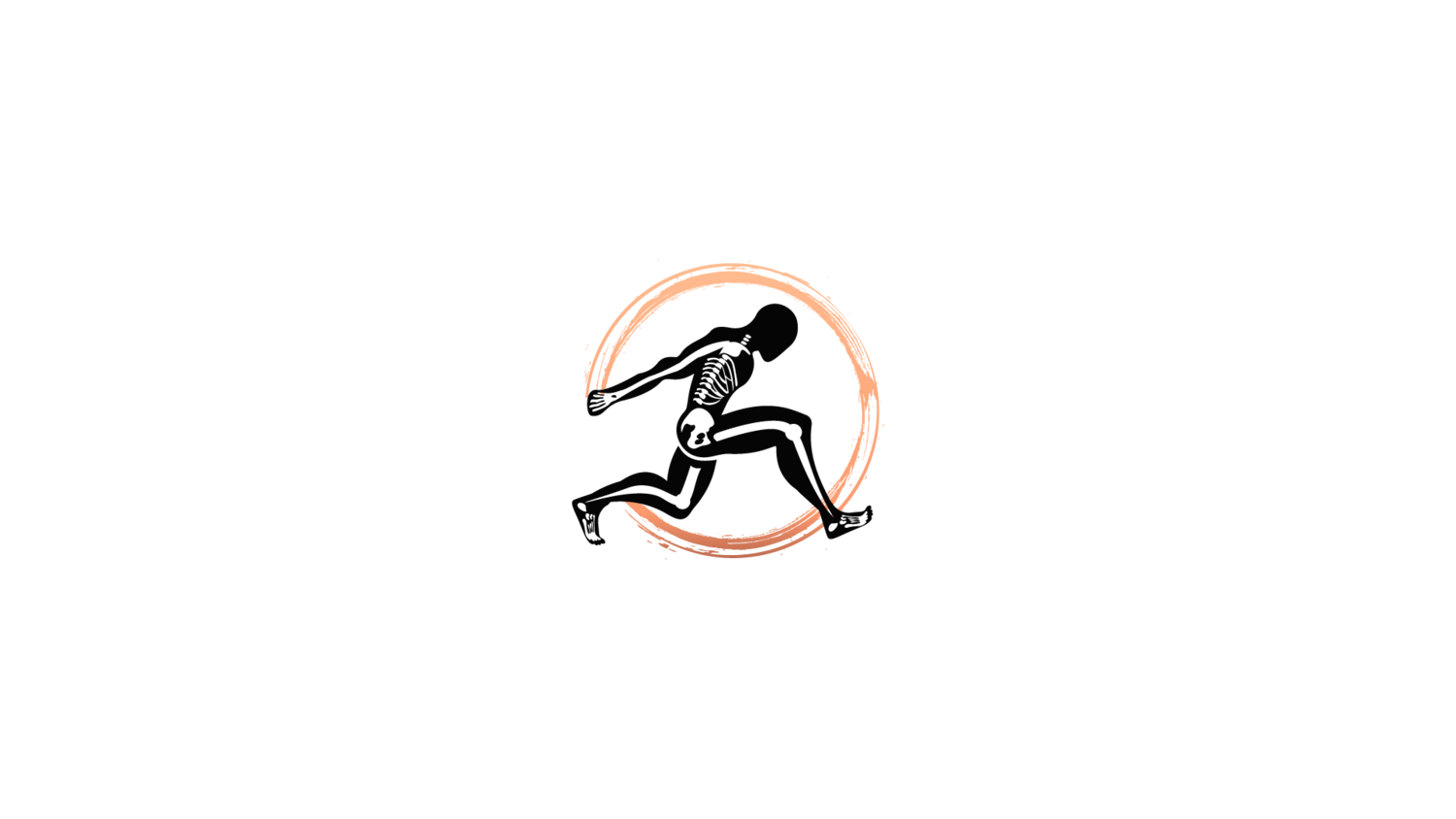What Makes Our Approach So Different: What You Missed At Our Low Back Program Workshop
The concept of the fact that your low back (lumbar spine) sits in between your ribs and your pelvis is simple enough but not something many patients or people in general think about especially when it comes to low back pain. We often find ourselves cursing our low back for being so dysfunctional and are quick to blame our genetics or the wear and tear our low back has taken on over the years. I don’t ever here someone going “if it wasn’t for my poorly positioned ribcage and the fact that I can’t breath into the front of my ribcage I wouldn’t have back pain.” I sincerely believe that everyone who went to this workshop left understanding that the interactions of your ribcage and pelvis with the low back are the main contributors of dysfunctional movement. Below are some of the takeaways I think you missed if you didn’t attend
The body moves in 3 dimensions. Everything is connected and not just connected by proximity of joints/body parts but the directions in which movement is to occur and the structures responsible for that movement including muscles and joints. For instance if we try to understand the Sagittal or Flexion/Extension plane. If to lift something off the floor or pick up your kid you have to go from a flexed position of being bent over to an extended position of being upright. There are several segments of your body that could contribute whether it be functionally or dysfunctionally. These segments are supposed to work together in a functional way to accomplish the task from the way you put pressure through your feet all the way up the chain to how your shoulders are positioned. In this examples of you are flexed over and are incapable of assuming an extended position at your ribcage to get your shoulder blades to properly stabilize as you lift your child and assume a more upright (or extended) posture yourself… this could lead to you getting that extension that your ribcage can’t do from your low back (or maybe even your neck). It gets the job done but instead of thinking “Wow my ribcage doesn’t move at all and I barely have and strength through my shoulders in this position” most people walk away thinking my low back is bad at lifting.
Your back albeit riddled with pain and irritated may be the area of your body that moves the BEST- which is why you overuse it so much. There are other areas of inefficiency whether it be your hips/pelvis, your feet, your ribcage, or your shoulders which are forcing you to use your back which may move better than some or all of those areas. Stop blaming your back and start looking for other areas that don’t move well and address those areas.
“When my back is aggravated I just feel like my hips are so tight and can barely move” … This was one of the best and most appropriate comments I heard at the workshop from one of the people who attended. This is a perfect example of how pronounced the issue may be but we still blame the back. The person who said this was highlighting something we see all of the time. If your hips are supposed to bend/straight, rotate in and out, and push your weight side to side as you move and are incapable of doing so…. Where does that get made up??… in this instance the back. If we can get access to the mobility in areas that are deficient, your low back will not have to compensate so much.
Awareness!!! When does it hurt? How does it hurt you (tight, sharp, pressure, aching)? What were you doing exactly? The biggest win after most of our Initial Evaluations is that most of our patients walk away with increase awareness that they can no longer turned a blind eye to. Like everyone in our workshop this past weekend the raise their awareness to their own body, the specific limitations it can and can’t do, what directions of movement are shockingly difficult, what areas of the body are contributing. The next step is piecing together past injury history and your life’s story as well as current functional difficulties to start making sense of this dysfunction. The hope is that everyone this weekend will walk away with a heightened sense of awareness much like all our patients do. Starting to look at all of their daily and works activities with a new perspective based on everything they learned about their bodies
The human body is COMPLEX. There is a reason why we put so much into our initial evaluation session with patients including a thorough review of history and what they have been through and what they do on a daily basis (even things that may seem irrelevant that actually matter), assessing their gait, assessing the distribution of their weight with a force platform, breathing (including ability to achieve different positions and breathe into different areas of the ribcage), coordination (of skull, ribcage, pelvis, hips, knees, feet/ankles), standing posture from 3 angles, ability to move in three dimensions. It’s because there are a lot of complicated factors that can make it difficult for your average person to make progress with simple or cookie-cutter interventions.
Reach out for help with a free discovery call if you are frustrated with previous attempts to manage your pain or you don’t even know where to begin. Take this opportunity to discuss your case with us in detail and get some instruction/advice on how to get out of pain for good.


